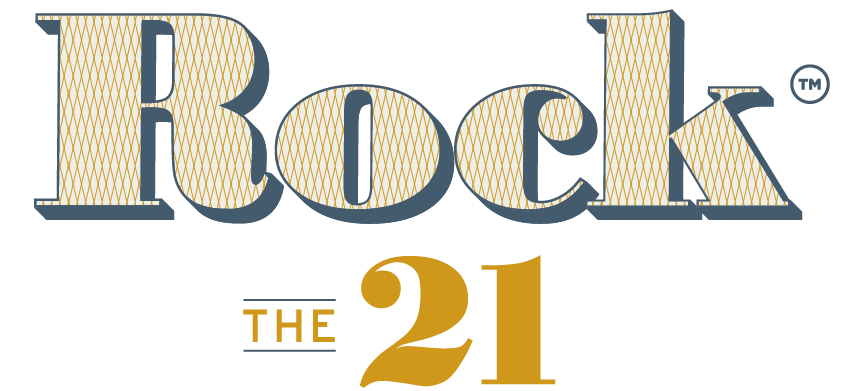Down Syndrome
What is Down Syndrome?
Down syndrome (DS) is the most common genetic condition and occurs when a person has a full or partial extra copy of the 21st chromosome. The additional chromosome effects overall development, causing varying cognitive and medical conditions that can range from mild to moderate impact.
According to the National Down Syndrome Society (NDSS), there are approximately 400,000 people living with DS in the U.S. In fact, one in every 691 babies in the U.S. is born with DS.
There is still no known reason as to what causes the full or partial copy of the 21st chromosome, and there is no scientific research that indicates outside environmental factors or the mother's and/or father's activities during pregnancy as a cause. DS affects people of all ages, races and economic levels.
There are three types of Down Syndrome:
Trisomy 21 - The most common form of DS, occurring in 95% of cases, occurs when the extra 21st chromosome is present in all cells.
Translocation - Occurs in approximately 4% of all DS cases and happens when a full or partial copy of the 21st chromosome attaches to another chromosome, usually chromosome 14.
Mosaic - This is the most rare form of DS, occurring in approximately 1% of all cases. The extra 21st chromosome is not replicated in every cell - some may have the extra chromosome and some may not.
Therapy, educational programs, and support from communities, families and friends allow individuals with DS to lead fulfilling lives, providing significant impact and positive contribution to their community.
The links below provide additional information on DS, as well as a guide to preferred language when referring to DS and those individuals that have DS.

